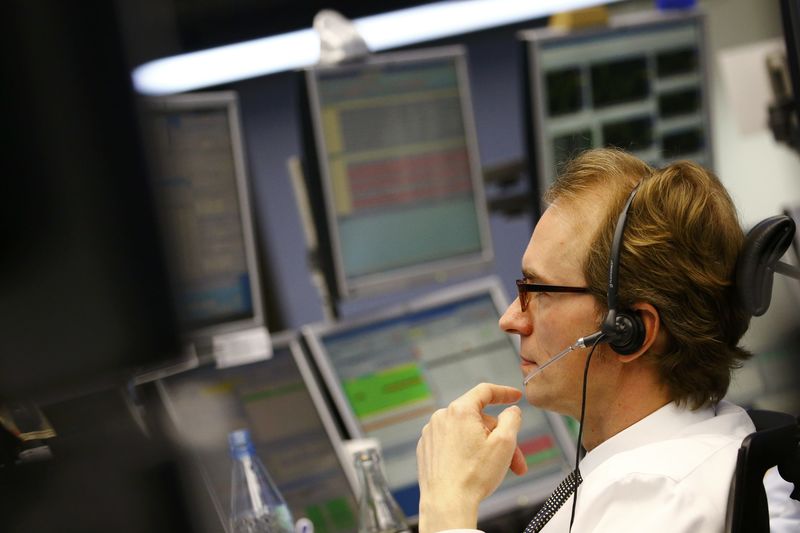Raytheon awarded $71 million in Navy contracts for missile systems
Investing.com -- Fitch Ratings has confirmed the Long-Term Issuer Default Rating (IDR) of United Arab Bank P.J.S.C. (UAB) at ’BBB+’ with a Stable Outlook on Tuesday, March 18, 2025. The bank’s Viability Rating (VR) has also been upgraded to ’bb-’ from ’b+’.
The VR upgrade is a reflection of UAB’s improved asset quality and profitability metrics, which are expected to be sustained in the medium term. This improvement is a result of the bank’s loan book clean-up process and tightening of underwriting standards. The favorable operating environment in the UAE also supports this upgrade.
UAB’s IDRs are influenced by potential support from the UAE authorities, as seen in its ’bbb+’ Government Support Rating (GSR). However, UAB’s GSR also considers the bank’s lower systemic importance due to its small market share.
The bank’s VR takes into account its modest franchise and undiversified business model, which result in a lack of competitive advantages and pricing power. It also considers improved asset quality and profitability, the bank’s moderate capitalization levels relative to still-high risk concentrations, and an acceptable but concentrated funding profile and reasonable liquidity.
Operating conditions have been favorable for UAE banks in recent years, and Fitch expects them to remain strong in the medium term. UAB’s franchise is small, with a market share of below 1% of total banking sector assets, loans, and deposits. The bank remains exposed to weaker corporate credit exposures compared with larger banks in the market.
UAB’s asset quality metrics have continued to improve due to write-offs and recoveries, limited new impairments, and growth. The bank reported stronger profitability in 2024, due to provision reversals amid recoveries despite a 29bp net interest margin (NIM) contraction due to interest-rate cuts and intensified competition for liquidity in the sector.
UAB’s capital buffers declined in 2024 amid accelerated growth, and are viewed by Fitch as only adequate to its risk profile. The bank’s common equity Tier 1 (CET1) ratio decreased to 12.7% at end-2024. Fitch expects UAB’s CET1 ratio to decline further to about 12% in 2025 due to growth if not compensated by new core capital placements.
UAB is mostly funded by customer deposits, although its share of wholesale funding has been increasing given higher reliance on direct repo funding. Liquidity is adequate, with cash and unpledged securities covering about 50% of total deposits.
The bank’s Long-Term IDR could be downgraded if the GSR is downgraded or if the CET1 ratio materially declines towards 10% on a sustained basis. On the other hand, further improvements in profitability and stabilization in asset-quality metrics on a sustained basis, coupled with higher core capital buffers, could lead to an upgrade of the VR.
UAB’s IDRs are linked to the UAE sovereign rating. ESG issues are credit neutral or have only a minimal credit impact on the entity, either due to their nature or to the way in which they are being managed by the entity.
This article was generated with the support of AI and reviewed by an editor. For more information see our T&C.
